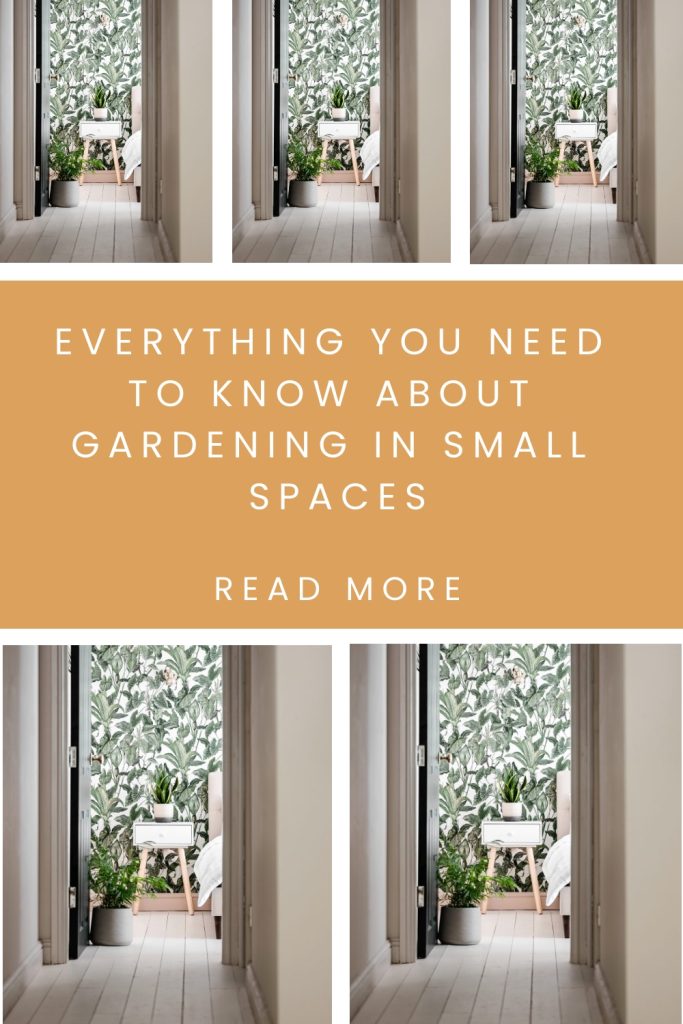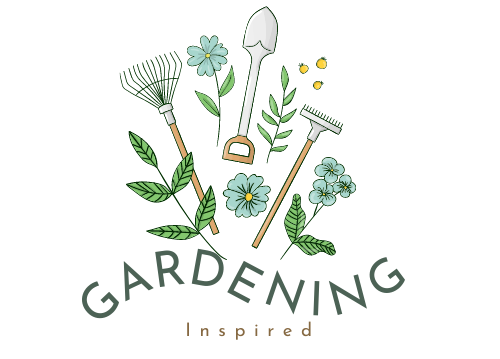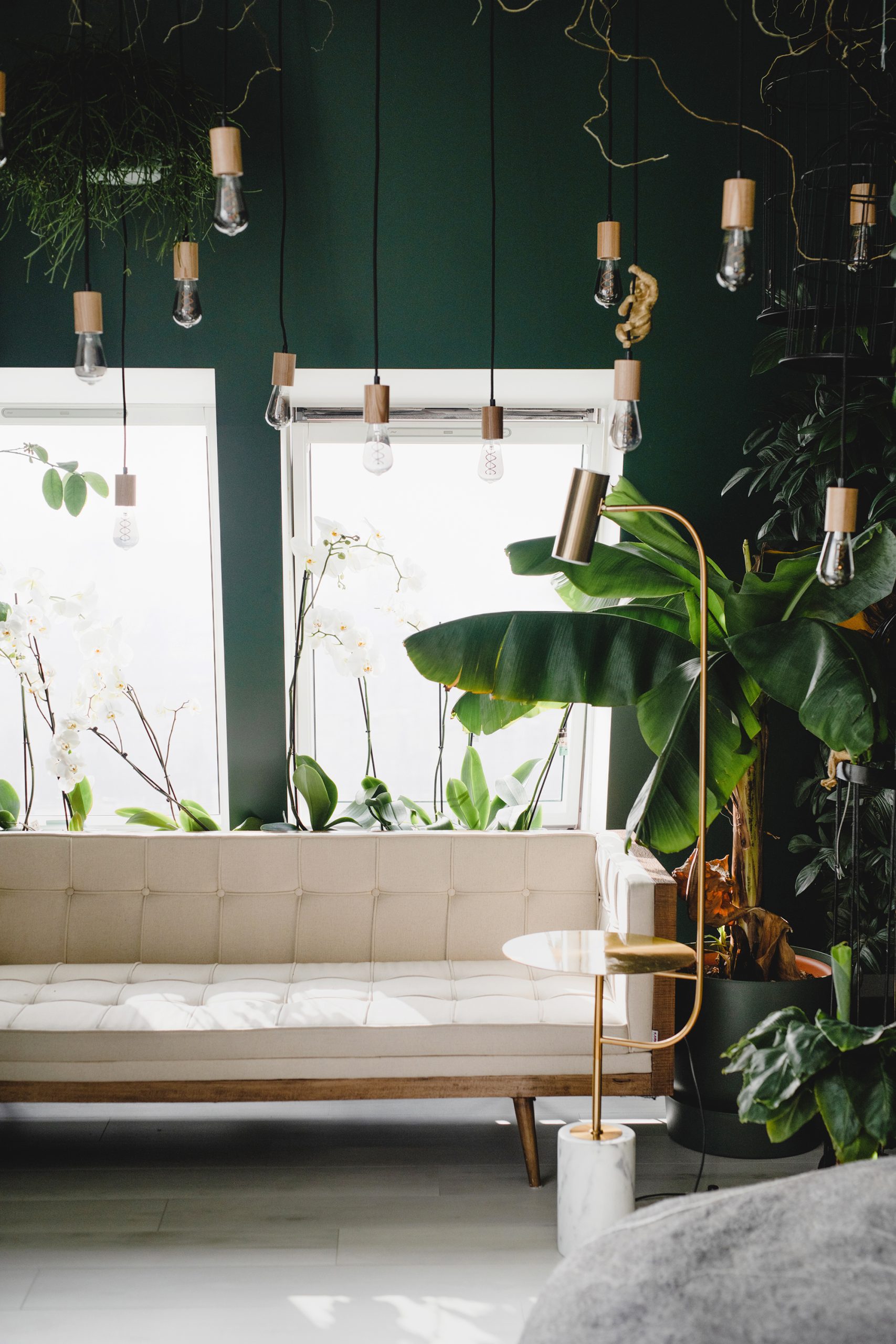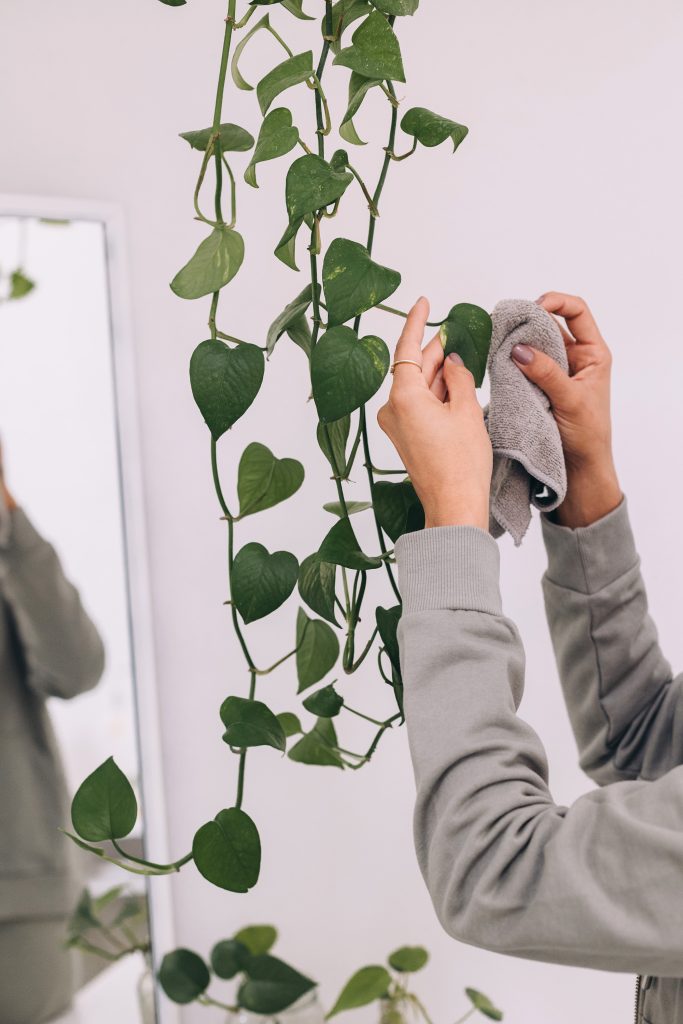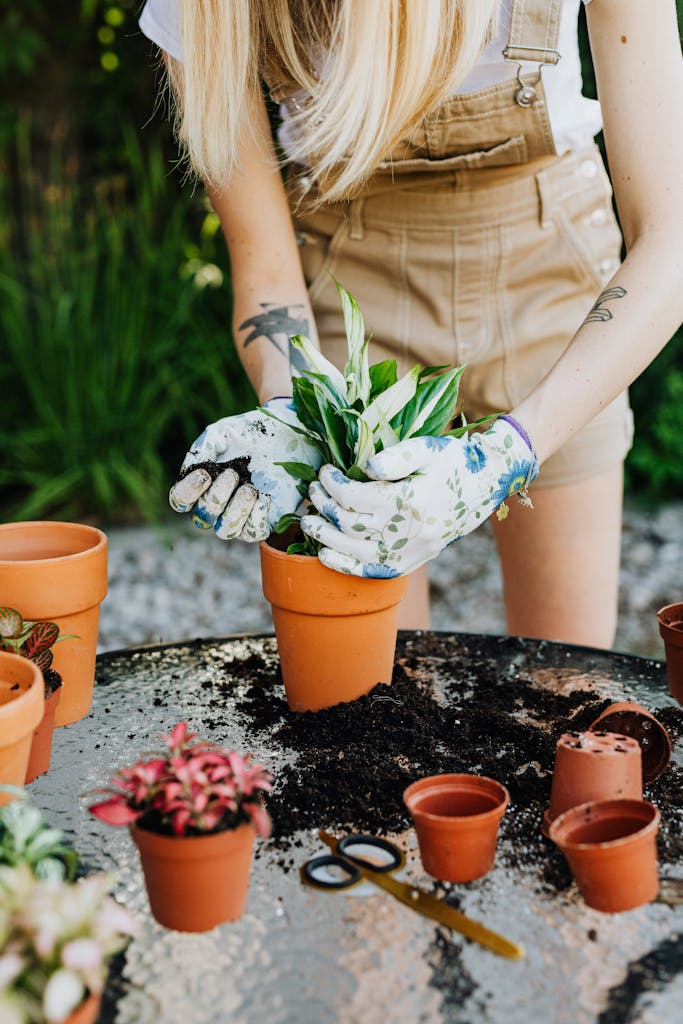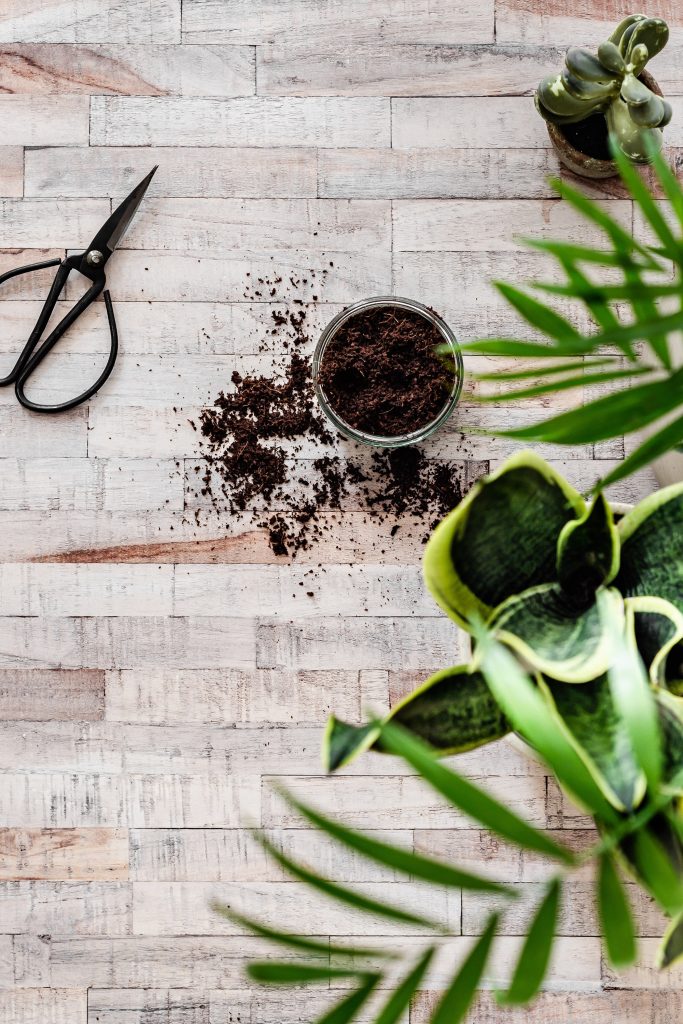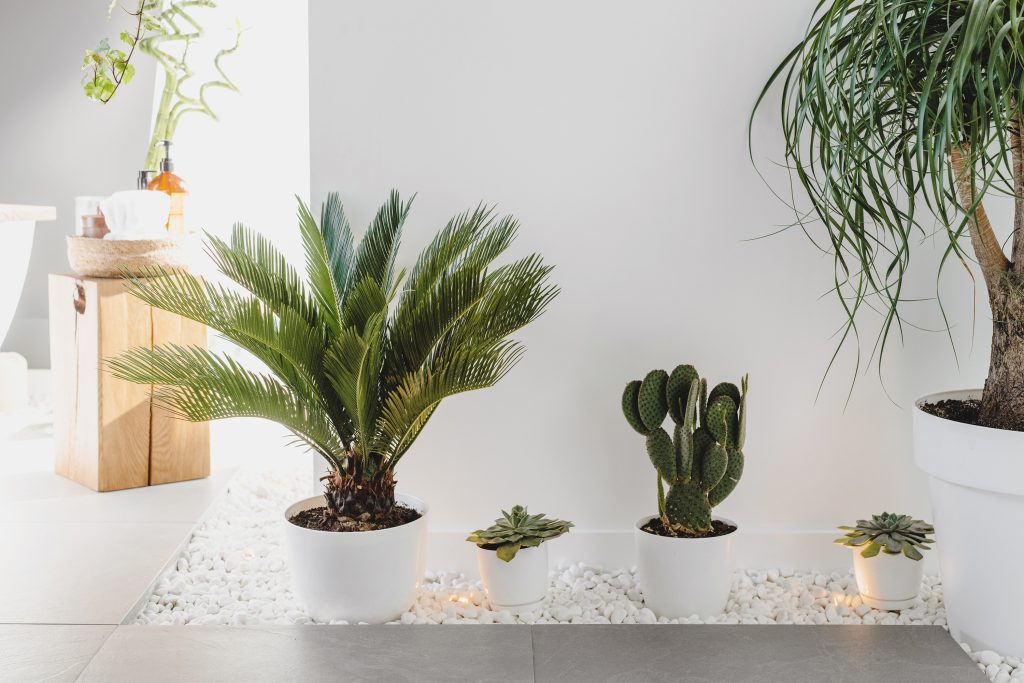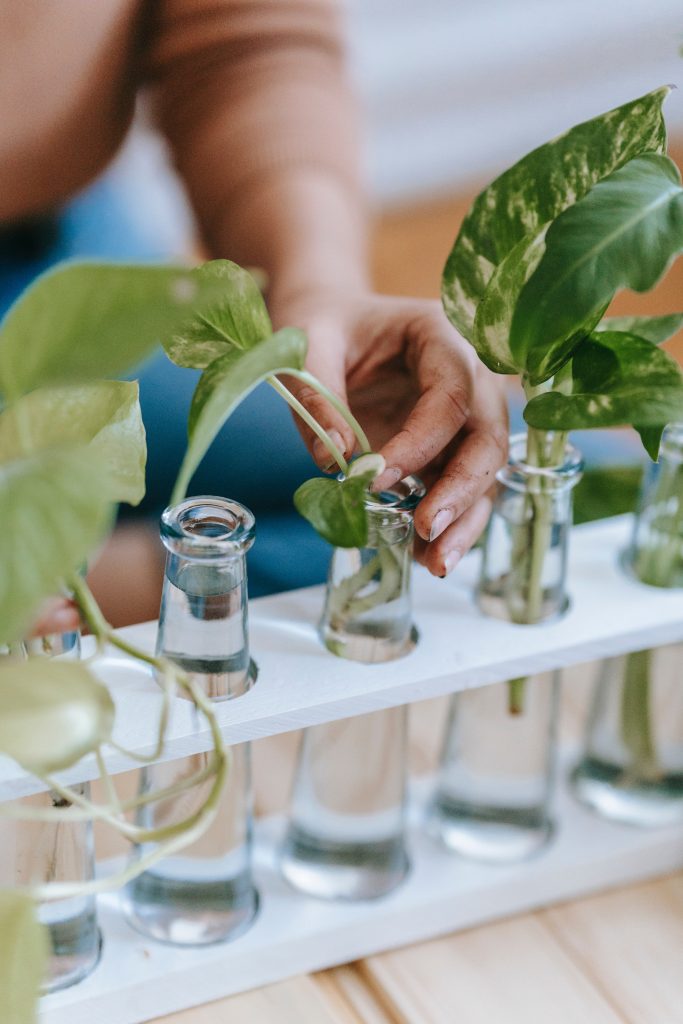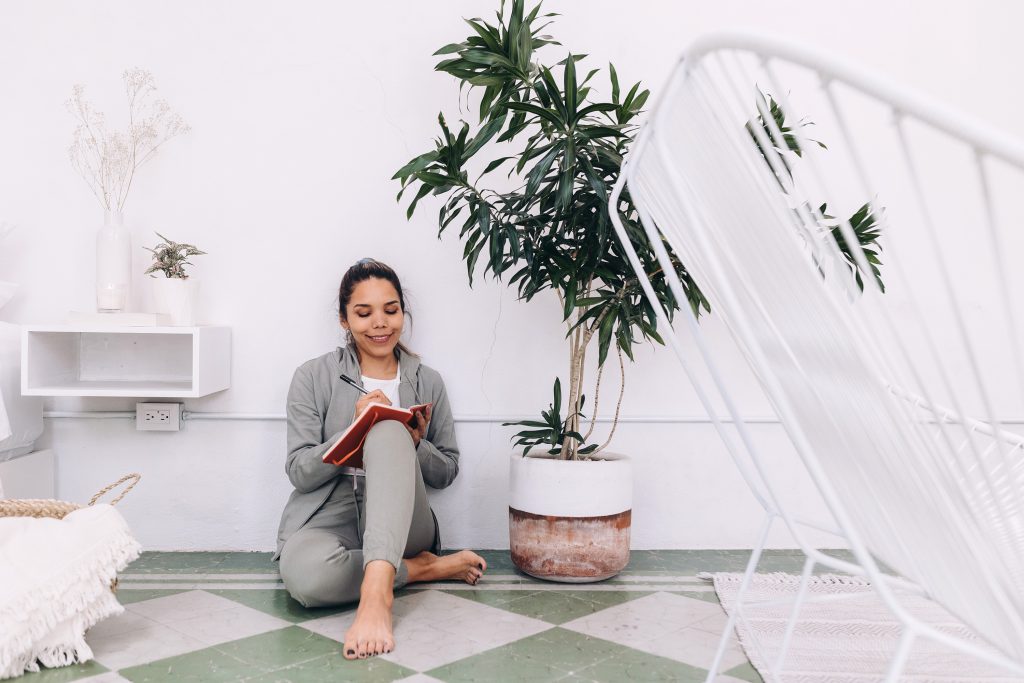Everything You Need to Know About Gardening in Small Spaces
Gardening has always been a passion of mine, and when I moved into a tiny apartment with no outdoor space, I was determined not to let this stop me. I’m excited to share my experiences and tips with you so that you can create your own small space garden, too!
If you’re worried about fitting plants into limited space, you are in thr right place.
In this article, I’ll walk you through the essentials for gardening in small spaces, including choosing the right plants, types of containers, and optimizing your space.
And before you ask, yes, I’ve had my fair share of gardening mishaps to learn from (more on that later). But the truth is, with the right approach, you can create your very own gardening regardless of the space available.
Key Steps to Mastering Gardening in Small Spaces
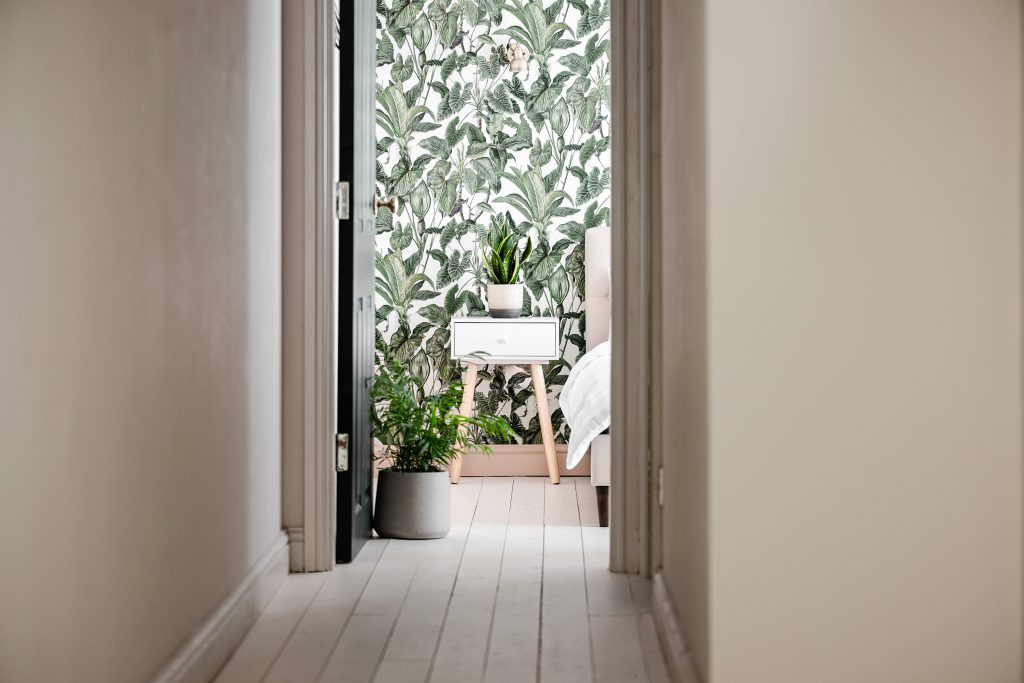
1. Choose the Right Plants
This is where it all begins choosing the right small space gardening plants. But how on earth do you pick just one plant? (I mean, they’re all so darn cute!) Well, don’t stress. Here are some guidelines to make the choice easier:
- Consider your space: Take a good, hard look at the space you’re working with. How much sunlight does it get? Is it exposed to wind? Keep these factors in mind when you buy seeds or seedlings so that you don’t end up with unhappy plants hanging around. You can find plants that thrive in different light conditions, so let that be your first deciding factor.
- Think about size: Remember how we talked about embracing the size of our space? That also means choosing plants that won’t outgrow their home. Stick to smaller, more compact varieties (like dwarf fruit trees, for example).
- Be practical : Now’s the time to consider what you really want from your garden. Are you craving fresh veggies and herbs? Or maybe you’re just looking for something pretty to brighten up the space. Whatever it is, choose plants that meet those needs, while also bringing a little something extra (bonus points for plants that attract pollinators wink).
When it comes to small space gardening, choosing the right plants is crucial. Focus on plants that are compact, low-maintenance, and yield impressive results. Here are some of my personal favorites:
- Herbs: Basil, chives, rosemary, and mint are all perfect for small spaces and have the added benefit of being great for cooking.
- Succulents: These stylish plants have been trendy lately, and for a good reason! Their low water requirements make them perfect for those with limited time and space.
- Dwarf varieties: Who says you can’t have a fruit tree or vegetable plant in a tiny space? Look for dwarf varieties of your favorite plants like tomatoes, strawberries, and citrus trees.
Pro Tip
Don’t forget to consider light requirements when selecting your plants. Some need full sun, while others thrive in shady areas. Assess what kind of lighting you have in your space before making any purchases.
2. Get Creative with Containers
Okay, here’s the thing: as much as I love traditional gardens they’re…well, not feasible for small space gardening. That’s why containers are your new best friends.
Think beyond your standard flowerpot—get creative and have fun with it! Maybe try a vertical gardening system if you’re short on space. Or how about repurposing an old pallet or ladder into a chic, rustic plant display? The possibilities are endless (seriously, I could go on and on…but I won’t). Here’s how to nail the container game:
A. Choose the Right Material: From ceramic to metal, the choices are a-plenty. Just remember, it’s gotta match your style AND the plants’ needs. For instance, succulents love clay pots because they allow for proper drainage. Planning a mini veggie garden? Wooden crates could be your go-to. Need more ideas? How about using some recycled mason jars for herbs? You’re welcome.
B. Think About Drainage: Don’t drown those beauties! Make sure your containers have proper drainage to prevent waterlogged roots. If you’re going DIY, a few quick holes in the bottom should do the trick.
C. Play with Levels: This ain’t your average garden, so why stick to one level? Create visual interest by stacking pots or using shelves. You’ll get more greenery in less space, and it’ll look AMAZING. #GardenGoals
D. Use Multipurpose Containers: Wanna save space and look cool doing it? Consider using containers that double as something else. A vintage watering can that also holds flowers, perhaps? It’s gardening with a twist, and I am HERE for it.
E. Mix and Match: Who said your containers have to match? Not me! Play around with different shapes, sizes, and colors to create a garden that’s uniquely yours. It’s like accessorizing, but for your outdoor space. Fun, right?
Provide Proper Care (Because Plants Deserve Love Too)
Let’s get real for a second—plants are like pets, and they need proper care and attention. No, you don’t have to walk them, but you DO have to feed and water them. Here’s the scoop:
A. Water Wisely: No two plants are alike, so make sure you’re watering them as needed. Too much, and you’ll end up with soggy roots. Too little, and you’ll have a very thirsty plant on your hands. So do your research or, better yet, grab a soil moisture meter. It’ll take the guesswork out of watering, and your plants will love you for it.
B. Feed ‘Em Right: Just like you, plants need a proper diet. So get yourself some quality fertilizer that’s tailored to your green buddies. Want the insider scoop? Miracle-Gro has a great line of plant food that caters to specific plant needs. And trust me, it’s a game-changer.
C. Prune and Groom: Keep your garden looking spick and span by regularly pruning and grooming your plants. It’ll keep them healthy and encourage new growth. Win-win!
D. Keep an Eye on Pests: Nobody likes uninvited guests, especially when they’re munching on your plants. Keep an eye out for pests and deal with them pronto. Neem oil is a great organic solution that’ll send those bugs packing.
Effective Ways to Optimize Your Small Gardening Space
When gardening in limited spaces, every inch counts. Here are some tips to make the most out of your small garden:
- Utilize vertical space: Install shelves, trellises, or ladder planters to maximize your garden’s potential. Don’t be afraid to stack and layer your plants.
- Think ahead: Strategically plan where to place each plant based on its eventual size, taking into account both the width and height.
- Frequent pruning: Keep your plants looking their best and avoid overgrowth by pruning regularly (which, let’s be honest, is like giving your plants a much-needed haircut).
1. Utilize Vertical Space (Because Up Is the Way to Grow!)
A small garden doesn’t mean you’re stuck with, well, small options. Go UP, my friends, and make that vertical space work for you!
A. Ladder Planters: Ever thought of using an old ladder as a planter? Just pop some pots on each step, and BOOM, you’ve got yourself a vertical garden. #CreativeGenius
B. Hanging Baskets: Short on floor space? No problem! Hanging baskets can dangle from the ceiling, and they look pretty snazzy too. Perfect for herbs, flowers, or even strawberries!
C. Wall Planters: Why limit art to just paintings and photos? Turn your plants into living art by arranging them on wall-mounted shelves or containers. It’s nature’s way of saying, “Hey, look at me!”
D. Trellises and Arbors: Got some climbing plants like vines or roses? Give them something to cling to, like a beautiful trellis or arbor. Not only will they grow upwards (saving space), but they’ll add a whimsical touch to your garden.
2. Think Ahead (Planning Makes Perfect)
Winging it can be fun, but when it comes to small space gardening, a little forethought goes a long way.
A. Consider Growth Patterns: Some plants are like that friend who always steals the spotlight—they spread out and take up all the space. Know how big your plants will get and place them accordingly.
B. Play with Height and Width: Mix and match tall and short plants to create depth and interest. It’s like a 3D puzzle, and you’re the mastermind!
C. Rotate Seasonally: Rotate your crops, flowers, or herbs to keep your garden fresh and vibrant. It’s like having a new garden every season!
3. Frequent Pruning (Keep Things in Check)
Pruning’s not just about making things pretty it’s about control and growth. Here’s how to do it right:
A. Know When to Prune: Timing matters, folks! Prune at the right time to encourage growth, flowering, or fruiting.
B. Use the Right Tools: A pair of rusty scissors won’t cut it (literally). Invest in some quality pruning shears, like the ones from Fiskars, and your plants will thank you.
C. Don’t Be Afraid to Cut: Pruning may feel like you’re hurting your plants, but it’s actually helping them. So go ahead, chop chop!
D. Mind the Neighbors: Keep an eye on how your plants interact. If one’s hogging all the sun or space, trim it back to ensure everyone gets along.
Wrap It Up, Gardener!
I hope these tips have you feeling all kinds of inspired. Remember, size doesn’t have to limit your gardening dreams. With a little creativity and some clever strategies, you can turn even the tiniest of spaces into a , thriving garden.
